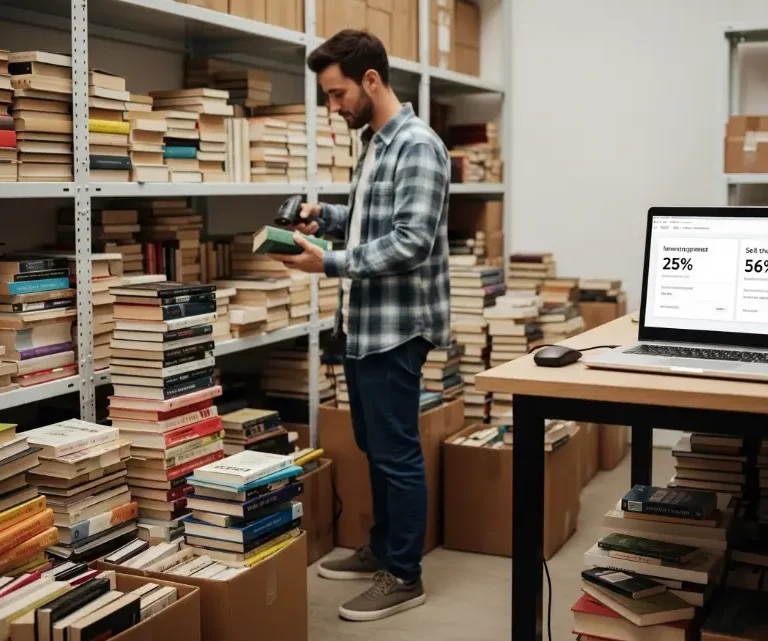Amazon Dropshipping: A Beginner’s Guide 2025

Thinking about starting an online business, but don’t want to deal with storing inventory or shipping orders yourself? That’s where dropshipping comes in. It’s a simple business model where you sell products online, and a third-party supplier handles the storage, packaging, and shipping. You don’t need a warehouse or a big budget—just a laptop and a solid plan.
When it comes to dropshipping, Amazon stands out as one of the most attractive platforms. Amazon offers massive potential thanks to its daily shopper volume, trusted reputation, and powerful seller tools—if you stay compliant with its policies.
In this guide, you’ll learn how Amazon dropshipping works, what Amazon allows (and doesn’t), how to find reliable suppliers, and the common pitfalls to avoid. Whether you’re exploring your options or ready to launch, this guide will help you start strong and build a sustainable business model.
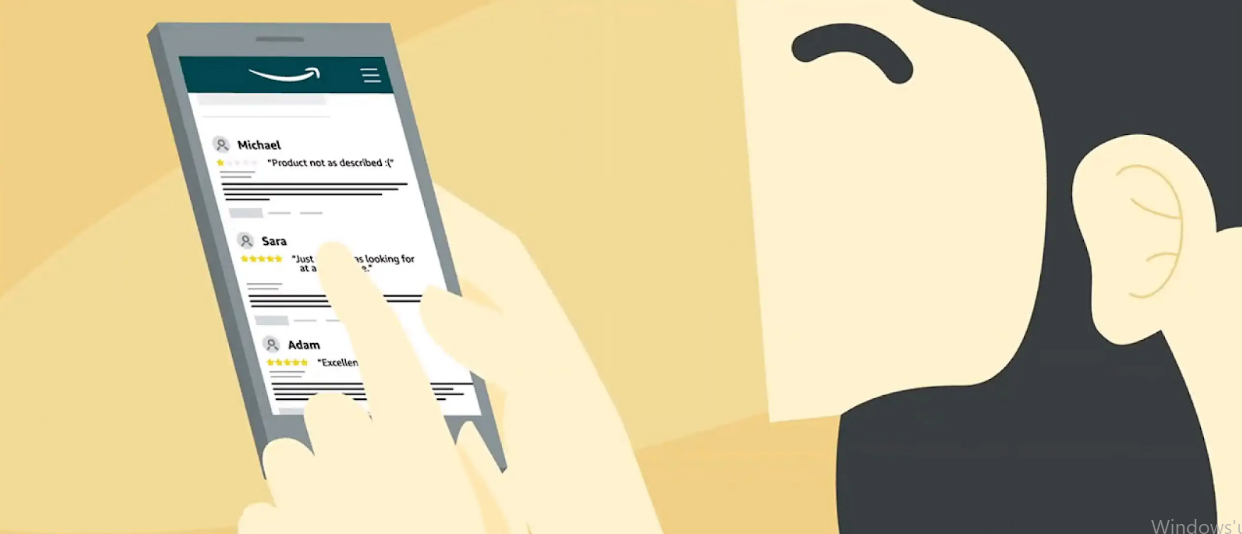
What Is Amazon Dropshipping?
Dropshipping is a retail fulfillment method where you, the seller, don’t keep any physical inventory. Instead, when a customer places an order, you purchase the item from a third-party supplier, who then ships it directly to the customer. You serve as the bridge between buyer and supplier, managing listings and sales while the supplier handles fulfillment.
With Amazon dropshipping, the process looks like this:
- You list products on Amazon, even if you don’t physically have them in stock.
- A customer places an order through your Amazon store.
- You forward the order to your supplier, who then ships the item directly to the customer.
- You earn the profit between the selling price and your supplier’s cost.
While simple in concept, it comes with Amazon-specific rules you need to follow to stay compliant. Tools like Bookz Pro can help you evaluate a product’s profitability in advance, so you can focus on items with the highest potential and avoid unprofitable listings.
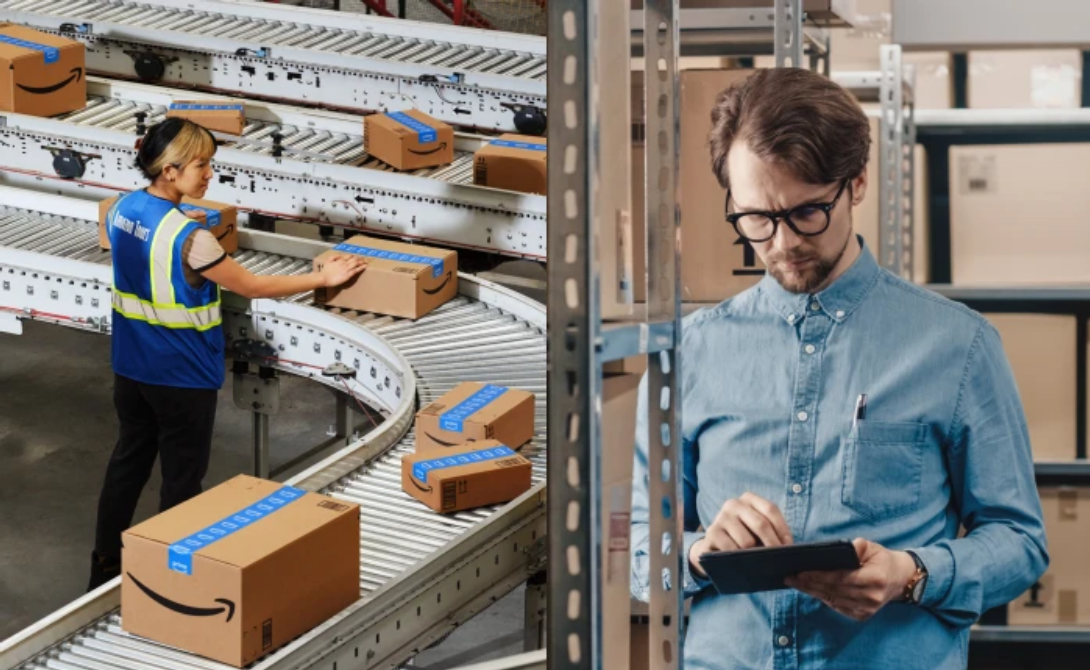
How Is It Different from FBA or FBM?
- FBA (Fulfillment by Amazon): You send your inventory to Amazon’s warehouse. Amazon handles packing, shipping, and customer service.
- FBM (Fulfillment by Merchant): You store and ship products yourself and manage customer service directly.
- Dropshipping on Amazon: You don’t hold inventory. A third-party supplier ships products directly to your customers. You’re still responsible for customer satisfaction and complying with Amazon’s policies.
Whichever method you choose—Amazon dropshipping, FBA, or FBM—Bookz Pro gives you the data you need to evaluate pricing, demand, and profit margins in real time, helping you make smarter sourcing calls.
All in One Software
for Book Sellers
Scout Better – List Faster – Reprice Smarter
Over 30% Business Growth
Achieved by Our Clients
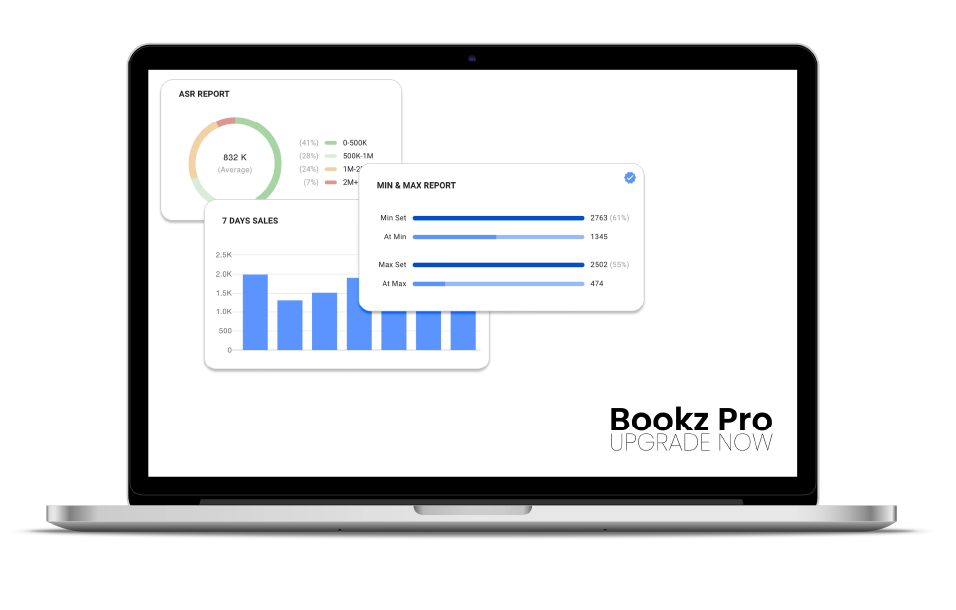
How Amazon Dropshipping Works
Amazon dropshipping is a fulfillment method where you sell products on Amazon without holding inventory. Instead, you partner with a third-party supplier who stores the inventory and ships products directly to your customer.
To comply with Amazon’s dropshipping policy, you must:
- Be the seller of record for all products.
- Ensure that your name and contact information appear on all packing slips, invoices, and external packaging.
- Remove any branding or information that identifies a third-party supplier.
- Take full responsibility for returns, customer service, and product issues.
Here’s how the process works:
- You list the product on your Amazon store.
- A customer places an order through your listing.
- You forward the order details to your supplier.
- The supplier packages and ships the item directly to the customer using your business name.
- You manage any follow-up communications, returns, or issues.
This model allows you to start an Amazon business with lower upfront costs and less operational overhead. However, success depends heavily on choosing the right products and working with reliable suppliers.
Best Product Categories for New Amazon Sellers
Choosing the right product category lays the foundation for your Amazon business. For beginners—especially those using Amazon dropshipping—it’s best to start with categories that are ungated, easy to source, and in steady demand. These categories support both inventory-based and dropshipping models.
Here are five beginner-friendly product categories to consider:
Books
- Books are easy to source from thrift stores, garage sales, and library clearance events.
- High ROI, particularly for niche, rare, or academic titles.
- Most listings are ungated—ideal for new sellers.
- A simple way to gain selling experience before exploring Amazon dropshipping at scale.
Home & Kitchen
- Everyday items like storage bins and utensils are always in demand.
- Lightweight products reduce shipping costs—beneficial for both FBA and dropshipping.
- Sub-niches allow you to stand out with a unique or bundled offer.
- Many suppliers stock ready-to-ship inventory in this category, making fulfillment smooth for dropshipping.
Office Supplies
- Essentials like pens, binders, and organizers have consistent turnover.
- Ideal for bundles that boost average order value.
- Appeals to individuals and small businesses alike.
- Widely available from wholesale and dropshipping suppliers.
Toys & Games (Seasonal)
- Spikes in demand during Q4—November and December in particular.
- Focus on ungated brands to avoid approval delays.
- Always check category and brand restrictions before listing.
- If dropshipping, ensure suppliers can meet holiday demand and ship on time.
Pet Supplies
- Strong demand is driven by passionate pet owners.
- Ungated subcategories such as toys, grooming tools, and accessories.
- Easy to create bundles and value-added offers.
- Many low-risk products are ideal for testing Amazon dropshipping with minimal overhead.
Pro Tip: Start with categories that have fewer restrictions and scalable demand. This is especially useful if you’re using Amazon dropshipping, as it allows you to operate with lower upfront costs and less inventory risk.
Products to Avoid as a New Seller
Certain product types can create challenges that outweigh their potential profit, especially in dropshipping, where product control is limited.
High-Risk Categories
Electronics, supplements, and personal care items often require regulatory compliance and come with high return rates. These add complexity for new sellers and increase the risk of customer dissatisfaction or Amazon policy violations.
Gated or Restricted Brands
Many well-known brands require approval to sell on Amazon. Selling them without authorization can lead to listing removals or even account suspensions. This is particularly risky in dropshipping if the supplier does not disclose brand restrictions.
Oversized or Heavy Items
Large or heavy products mean higher fulfillment and shipping costs. For dropshippers, this can quickly erode profit margins, especially if the item moves slowly or the supplier’s rates are unpredictable.
Trendy or Hype Products
Viral products may bring short-term gains, but demand can disappear overnight. This is especially risky in dropshipping, where inventory is often sourced just-in-time, and supplier shortages can be common.
How to Research Profitable Products
In dropshipping, where profit margins are thin, smart product research is essential to success. Here’s how to evaluate product potential:
1. Use Amazon's Best Sellers and Movers & Shakers
These pages update hourly and showcase what’s trending. They’re a great starting point for spotting demand and validating product ideas.
2. Try Research Tools
Use data-backed tools to analyze market trends, competition, and profitability:
- Keepa: Tracks price history and sales rank to help you forecast product performance.
- Bookz Pro: Tailored for book sellers, with real-time profit analysis, pricing history, and sales rank—all in one dashboard.
Tip: Using several tools together gives you a clearer view of the market. This is crucial for dropshipping, where you must choose fast-moving, low-risk products to maintain margin.
3. Analyze Sales Rank, Reviews, and Competition
- BSR (Best Seller Rank): A Lower BSR means the product sells more often.
- Reviews: High review counts may indicate saturated markets; mixed reviews can reveal quality or expectation gaps.
- Number of Sellers: Fewer sellers may mean less competition, but be sure that demand exists.
Tools like Bookz Pro streamline this research, allowing you to compare product performance at a glance.
Where to Source Products as a New Seller
Amazon dropshipping gives you flexibility—you don’t need to carry inventory. But sourcing the right products from reliable partners is essential. Here’s how the sourcing process works in dropshipping:
- Use research tools to find in-demand, profitable products
- List them on your Amazon store with your branding.
- When an order is placed, forward it to your supplier.
- The supplier ships the product directly to the customer.
- You remain responsible for customer service and returns.
Here are beginner-friendly sourcing methods that support this model:
1. Online and Retail Arbitrage
Online arbitrage and retail arbitrage involve buying discounted products—preferably from Amazon-linked sources or deal pages—and reselling them on Amazon. These sourcing methods are great for testing product ideas with low upfront investment and can be easily combined with a dropshipping strategy.
Where to look: Explore Amazon’s marketplace, including Amazon Outlet and deal pages.
2. Thrift Stores, Garage Sales, and Clearance Racks
An ideal low-cost strategy for books and household items. Combine physical inventory with dropshipping to learn and diversify.
Where to look: Goodwill, Salvation Army, local estate sales, clearance racks
Use Bookz Pro to instantly verify if a book or item is worth reselling.
3. Wholesale and Liquidation Sources
As your business grows, Amazon itself can become a reliable source for wholesale and liquidation inventory. Amazon offers wholesale and liquidation programs, such as Amazon Business and Amazon Liquidations, where you can access discounted inventory while staying within Amazon’s ecosystem.
Where to source:
- Amazon Business – Great for accessing wholesale-priced products directly on Amazon.
- Amazon Liquidations – Offers returned, overstock, or clearance items at deep discounts, ideal for testing high-margin inventory.
While these options may require more upfront capital than traditional arbitrage, they provide better control over profit margins and a more consistent supply chain, all within the Amazon ecosystem.
Tips for Getting Started on the Right Foot
Starting your Amazon business doesn’t have to be overwhelming. Below are a few tips that can help you stay focused and profitable from day one, especially if you’re exploring Amazon dropshipping as your business model:
1. Start Small and Scale with Data
Instead of jumping in with bulk inventory, begin with a few products and test what sells. Use product research tools to analyze sales trends, pricing, and competition. Whether you’re sourcing inventory or using Amazon dropshipping, let data—not guesswork—guide your sourcing and scaling decisions.
2. Keep Detailed Records and Track ROI
Treat your Amazon store like a real business. Track every product purchase, sale, fee, and return to understand your true profit margins. This clarity is especially critical for Amazon dropshipping, where thin margins and third-party suppliers can complicate profitability. Knowing your ROI will help you refine your approach over time.
3. Stay Compliant with Amazon Policies
Amazon has strict seller guidelines, and violating them can jeopardize your account, even unintentionally. Stay up to date on policies for listings, shipping, returns, and restricted products. Strong account health starts with compliance.
Take the Guesswork Out of Dropshipping!
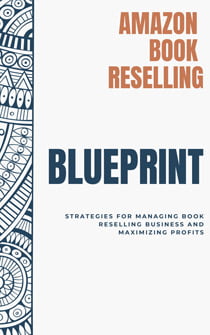
Amazon Book Reselling Blueprint
Read now, explore our full guide. Your revolution starts here. Subscribe to get the blueprint!
Whether you’re launching your store or scaling it, the right tools can give you an edge. Bookz Pro helps you research smarter, track profits in real time, and avoid risky or restricted listings with ease.
Sign up for your FREE 14-day trial and get instant access to our exclusive Amazon Book Reselling Blueprint. It’s packed with step-by-step tips, checklists, and ready-to-use templates designed to help you protect your margins, stay compliant, and grow faster.
Conclusion
Amazon dropshipping is a beginner-friendly way to start selling online without holding inventory or managing shipping. By understanding how it works, following Amazon’s dropshipping policies, and choosing reliable suppliers, you can build a low-risk, scalable business. Start small, stay compliant, and scale up as your confidence and results grow. If you’re ready to take the next step, join our free Amazon seller community or subscribe to our newsletter, and try Bookz Pro to research smarter, save time, and boost your profits from day one.
Frequently Asked Questions
Amazon dropshipping is a business model where you list products for sale on Amazon without stocking them yourself. When someone buys from you, a third-party supplier ships the item directly to the customer.
Yes! Dropshipping has low startup costs since you don’t need to purchase inventory upfront. Tools like Bookz Pro help ensure you’re only listing profitable products, reducing your risk even further.
Yes, Amazon allows dropshipping, but only if you follow its policies. You must be the seller of record and ensure invoices, packing slips, and branding come from you, not the supplier.
Books, home goods, office supplies, pet items, and seasonal toys are beginner-friendly categories.
You can source from Amazon’s liquidation programs or trusted wholesale suppliers. Always verify supplier reliability and policy compliance before listing their products.
Avoid electronics, health products, gated brands, and oversized or trendy items. These are riskier and often require extra approvals.
Dropshipping is a fulfillment method where a third-party supplier ships the product directly to your customer. FBA, or Fulfilled by Amazon, involves sending your inventory to Amazon, where they handle storage, packing, and shipping. FBM, or Fulfilled by Merchant, means you are responsible for storing your own inventory and shipping orders directly to customers.



